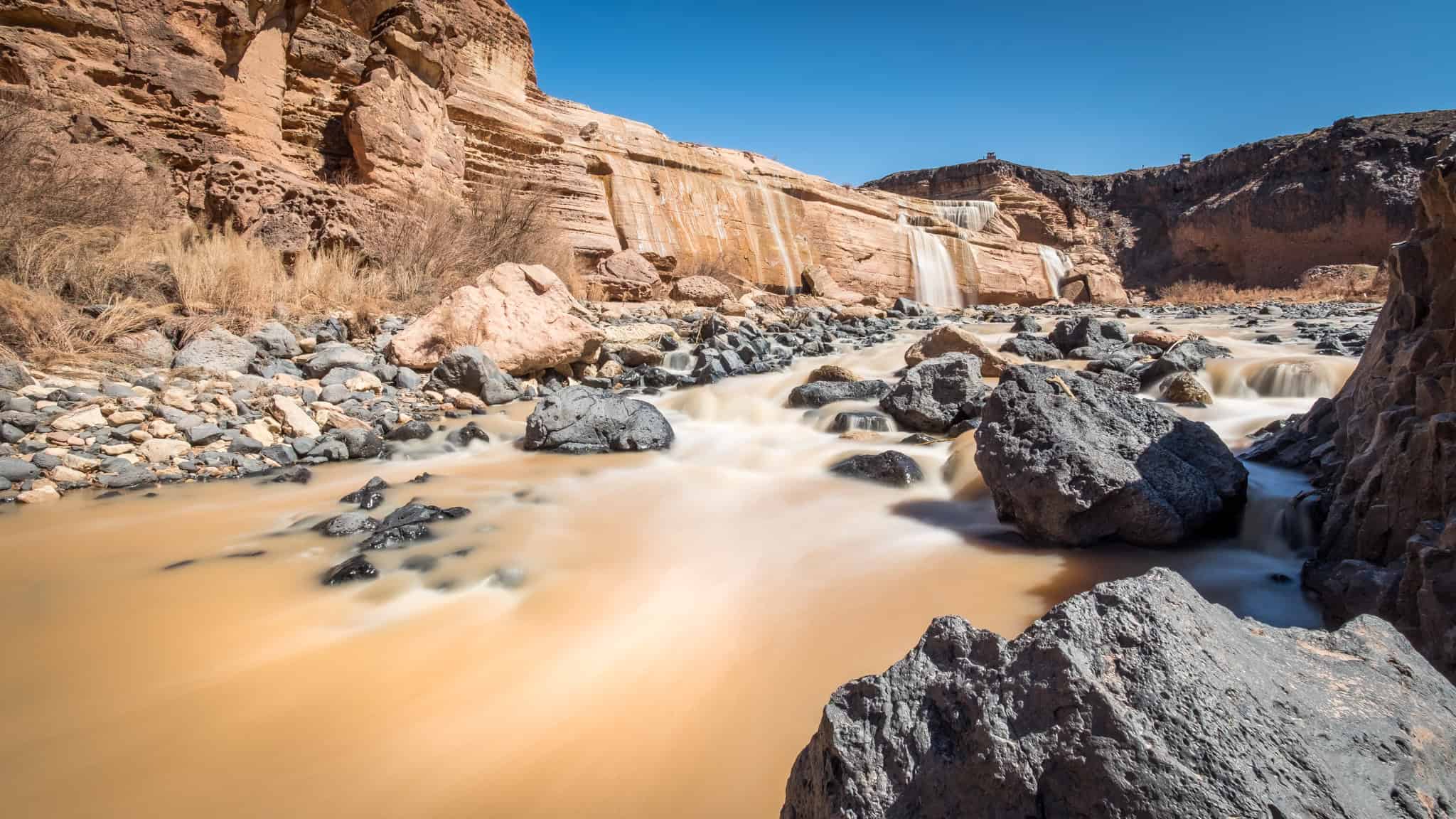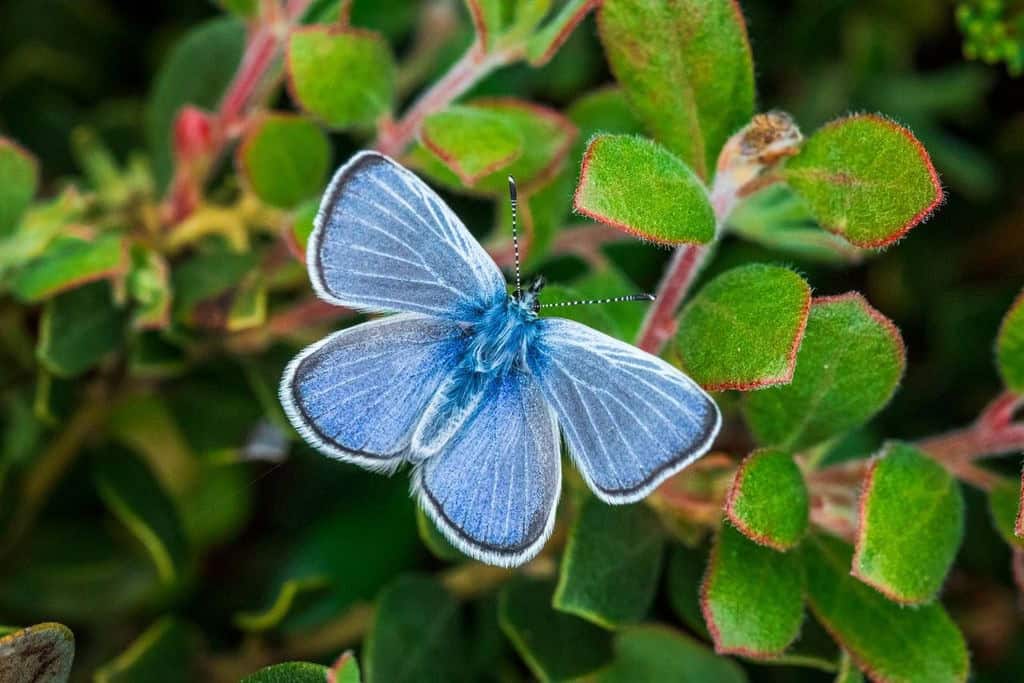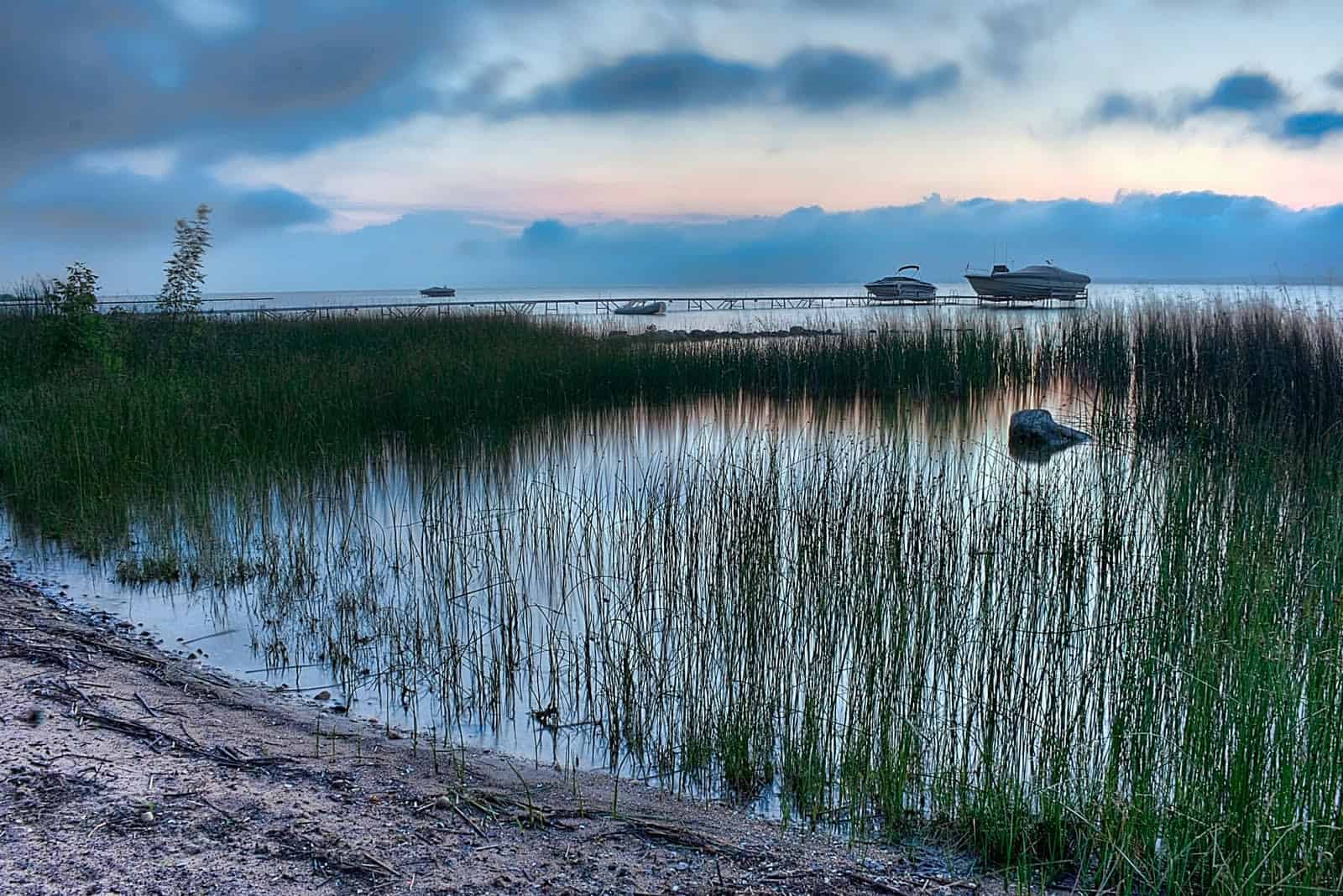Share this article
ANWR debate continues in Congress
The fight over whether to drill for oil and gas in the Arctic National Wildlife Refuge (ANWR), continues to heat up. In October, the Senate agreed to a budget resolution that included a measure to fast track the process for writing legislation that would permit energy exploration in ANWR. Under the budget resolution, the Senate Energy and Natural Resources Committee had until Nov. 13 to draft a bill that would generate $1 billion in revenue to help offset revenue that would be lost in the proposed tax reform. As Chairman of the Energy and Natural Resources Committee and an Alaskan Senator, Lisa Murkowski has been spearheading the efforts to raise the $1 billion in revenue, pursuant to the Senate reconciliation instructions included in the budget resolution, through oil and gas exploration and development of a portion of ANWR.
The debate concentrates on 1.5 million acres of the coastal plain, designated as the 1002 area. In 1980, Congress deferred the decision on the management of oil and gas exploration and development in this area. Some people believe that oil and gas development in the area would boost U.S. energy security by decreasing the dependence on foreign oil and would raise revenue for the federal government. Others are concerned about the potential harm the exploration and development could have on the native wildlife, in particular the Porcupine Caribou herd, whose calving grounds are the coastal plains, including the 1002 area.
On November 2, the Senate Energy and Natural Resources Committee held a hearing, calling in more than 12 witnesses, on the possibility of oil and gas exploration in the 1002 area of ANWR. Representatives from Alaska, including senators, a congressman, the governor and the lieutenant governor all spoke in favor of the exploration and the benefits that Alaska and the Nation could gain from this opportunity. Representatives from Native regional corporations, private industry, some native village leaders, and others spoke also in favor of some exploration and development in ANWR.
Greg Sheehan, the principal deputy director of the U.S. Fish and Wildlife Service, spoke on behalf the Department of the Interior. He expressed their support for responsible development and their commitment to using best practices and mitigation strategies to have the least impact possible. Dr. Matthew Cronin, a biologist and former research professor in animal genetics at the University of Alaska Fairbanks, gave an overview of the scientific literature related to caribou on the north slope. He thought that with proper mitigation measures oil and gas development in ANWR could have limited impacts on caribou.
Some witnesses objected to the exploration. Sam Alexander spoke on behalf of the Gwich’in Nation, a native people that follow the Porcupine caribou herd’s migratory route across northern Canada and Alaska. The Gwich’in are opposed to opening ANWR, citing concerns about effects on the Porcupine caribou and their access to healthy traditional foods. Lois N. Epstein, the Arctic Program Director for The Wilderness Society, objected not only to oil exploration in ANWR, which she says would undermine the refuge’s fundamental purpose to protect wilderness, wildlife, and subsistence, but also that development in this region is not solely a budget issue and should therefore be decided through regular order. Pat Pourchot, a former Department of the Interior official, also spoke against opening ANWR for oil and gas exploration.
On Nov. 8, Sen. Murkowski released draft language that would allow oil and gas drilling in ANWR. Her language would create a 50 percent revenue-sharing split between Alaska and the federal government for ANWR drilling activities. It would also require the Interior Department to conduct two lease sales within the 1002 area within the 10 year window set by the budget resolution. The legislation also directs the Secretary of the Interior to issue any necessary rights-of-way or easements for the exploration, development, production, or transportation associated with the oil and gas program. It also limits surface development to 2000 acres. The Congressional Budget Office estimates that legislation will raise $1.1 billion for the U.S. federal government over a 10-year period.
On Nov. 15, the Senate Energy and Natural Resources Committee passed the measure on a partisan vote of 13-10. Procedural maneuvers will allow the Senate to move this bill forward with a simple majority vote, without the threat of a filibuster. Once the language is merged with the tax reform bill, the legislation could be advanced on the Senate floor as soon as this week, at which point Senators will likely offer a variety of changes to the bill before taking a vote.
Read TWS’ Position Statement on Energy Development and Wildlife.
Header Image: ©USFWS








